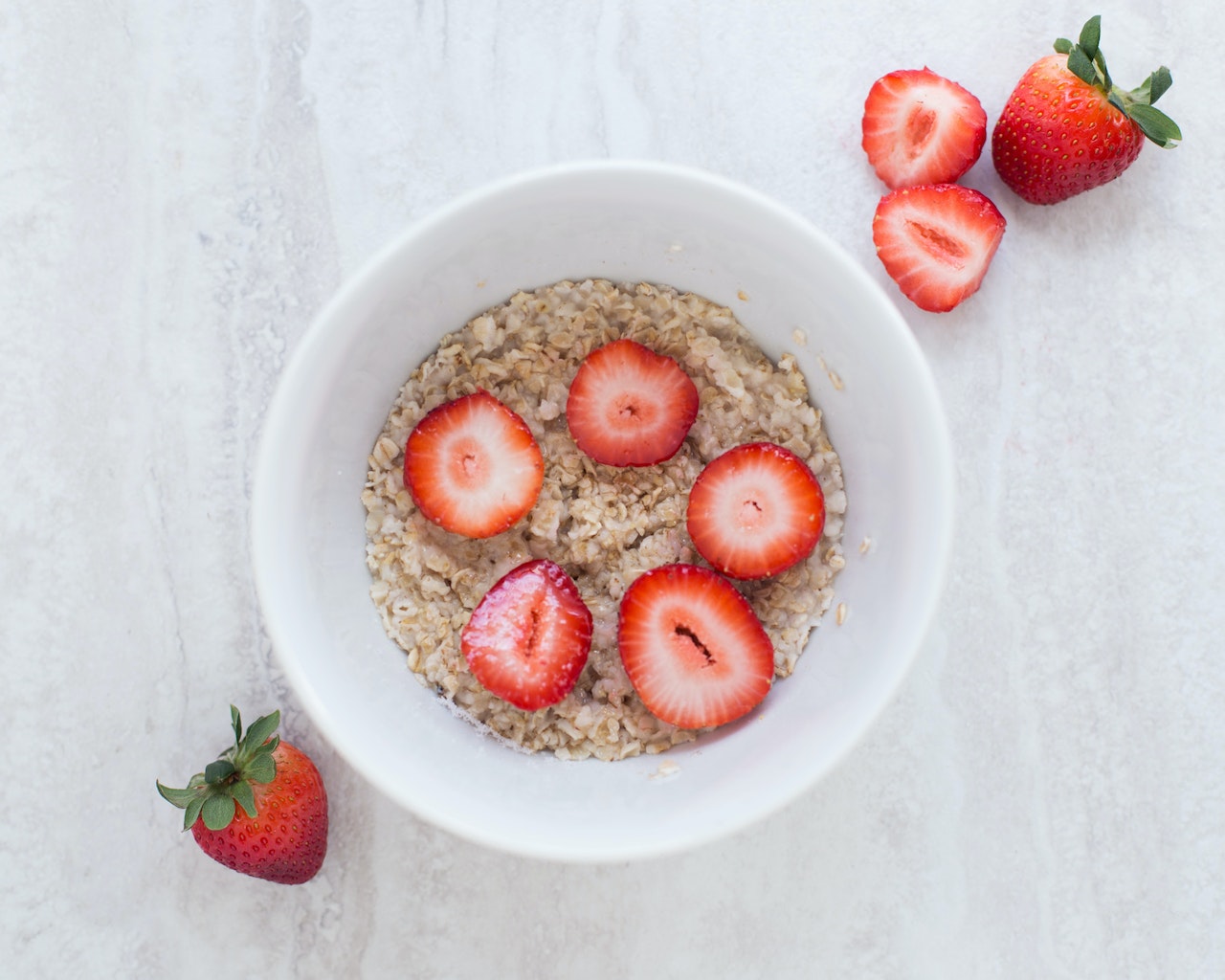Why is everyone telling you to eat more fiber? This indigestible carbohydrate helps support your heart, digestion and can help you stay at a healthy weight. But despite all its perks- one google search of fiber might leave you feeling a little overwhelmed. What are the different types of fiber and how much should you add to your diet?
We’ll be answering all your fiber questions here.
What are dietary fibers?
If you’re a fiber newb- fear not. We’ll get you up to speed. It’s an indigestible carbohydrate, meaning humans actually lack the enzymes needed to break it down! But just because we can’t break it down, doesn’t mean fiber isn’t useful.
Diets high in fiber have been linked to:
- lower risk of heart disease
- a healthy weight
- lower risk of colon disease
- better gut health
- regular bowel movements
How much fiber do you need to eat to score the benefits?
Roughly 25 g/day for women and 38 g/day for men. That’s some oatmeal for breakfast, a handful of popcorn for snack, and some whole wheat pasta and broccoli for dinner. Easy peasy right? Yet only 5% of people eat the recommended daily amount.
Soluble Fiber vs Insoluble Fiber: what’s the difference?
Soluble fiber dissolves in water, so it forms a gel-like substance once it makes its way into your intestines (slime from ghostbusters comes to mind). It’s not as spooky as it sounds though. This gooey substance helps slow down your digestion so that you can feel fuller longer.
Slower digestion can also benefit your heart! The slower your digestion, the more cholesterol ends up in your waste. That means you’ll have less of those harmful plaques building up in your arteries. If you are at risk for heart issues- try adding some fiber to your diet. It could potentially lower your risk of heart disease by 30%, according to one larger study.
Soluble fiber food sources:
- oatmeal
- broccoli
- beans
- sweet potatoes
- citrus fruit
Insoluble fiber does not dissolve in water. Once it reaches your colon, it attracts water. This can be a good thing if you experience occasional constipation. Water can help soften your stools, which will save you from overexerting yourself on the toilet. Not only does it lead to less straining, but insoluble fiber also supports the health of your colon- potentially lowering your risk for colorectal diseases.
Food sources high in insoluble fiber
- wheat bran
- whole wheat
- nuts
- cauliflower
- fruits w/ skin
Takeaway
Most foods contain a combination of soluble and insoluble fiber, so the best thing to do is eat more plants and whole grains! And if you’re one of the 95% of people that needs to up their fiber intake- start slowly. Too much fiber at once can lead to gas, bloating and other tummy troubles.
Shirley Zheng, BSN
Shirley is a Nutritionist with a Bachelor’s in Human Food & Nutrition with an emphasis in Sports Nutrition. To Shirley, there is nothing more gratifying than assisting someone in meeting both their health and personal goals while making everlasting connections.
Do you have questions about supplements? Reach out to one of our experts, or take Persona’s free nutrition assessment, and learn exactly what you need to take your wellness to the next level.
*These statements have not been evaluated by the Food and Drug Administration. This product is not intended to diagnose, treat, cure, or prevent any disease.
This information is not intended as a substitute for the advice provided by your physician or other healthcare professional, or any information contained on or in any product label or packaging. Do not use the information from this article for diagnosing or treating a health problem or disease, or prescribing medication or other treatment. Always speak with your physician or other healthcare professional before taking any medication or nutritional, herbal, or homeopathic supplement, or using any treatment for a health problem. If you have or suspect that you have a medical problem, contact your health care provider promptly. Do not disregard professional medical advice or delay in seeking professional advice because of something you have read in this article.

